The Mesozoic was an important time in the evolution of chondrichthyan and actinopterygian fishes because it was then that most of the modern groups first entered the fossil record and began to radiate. By the end of the era, many archaic forms had disappeared and the foundation had been laid for the ichthyofauna that now exists. Despite this significant evolutionary change, before 1990 there had been little concerted research done on Mesozoic fishes and no synopsis or compilation of the systematics and paleoecology of Mesozoic fishes had been published, not even for single groups. To remedy this deficiency, Gloria ARRATIA initiated the symposium “Mesozoic Fishes”. The first meeting “Mesozoic Fishes – Systematics and Paleoecology” was held in Eichstätt from August 9 to 12, 1993 and the first volume of Mesozoic Fishes, including 36 papers concerning elasmobranchs, actinopteygians and sarcopterygians and the paleoecology of certain important fossil localities was published in 1996. Gloria ARRATIA and Hans-Peter SCHULTZE organized the second Symposium. It was held in Buckow, from July 6 to 10, 1997. The results of the symposium were published in “Mesozoic Fishes 2 – Systematics and Fossil Record” and included 31 papers.
Andrea TINTORI, Markus FELBER and Heinz FURRER organized the third Symposium. It was held in Serpiano, Monte San Giorgio from August 26 to 31, 2001.
The results of the symposium presented in this volume reflect the current state of knowledge of Mesozoic fishes. Evaluation of major fish groups such as Mesozoic chondrichthyans, halecostomes and sarcopterygians and of the Mesozoic fossil record of continents such as North America, Asia, South America and Africa are the central issue. In addition, new information on chondrichthyans, actinopterygians and sarcopterygians are presented. The new findings and the evaluations of the present state of knowledge of Mesozoic fishes described in 33 papers are an exciting invitation to further research.
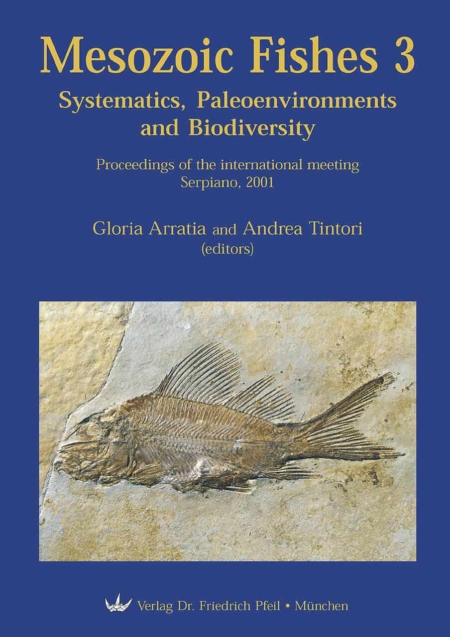
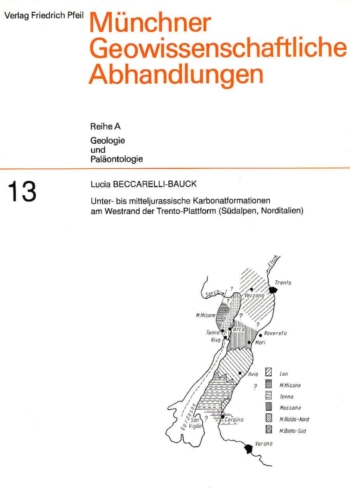
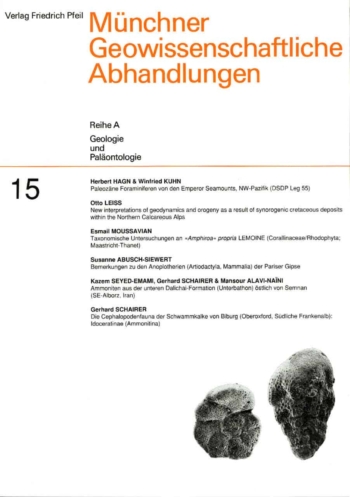
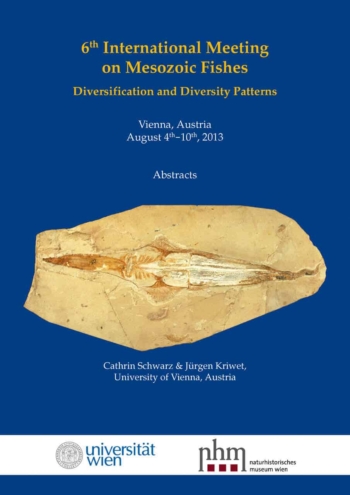
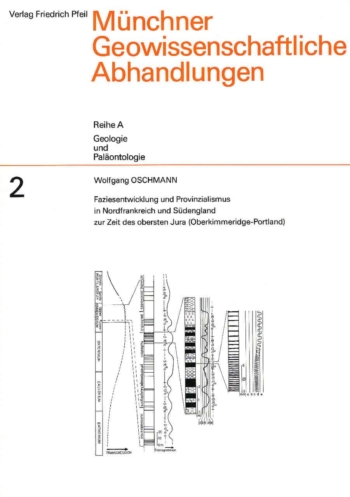
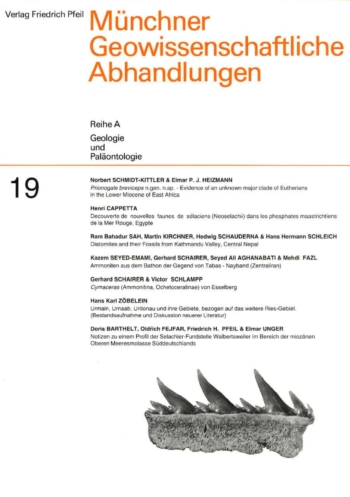
Rezensionen
Es gibt noch keine Rezensionen.